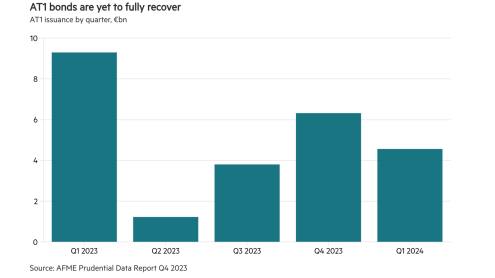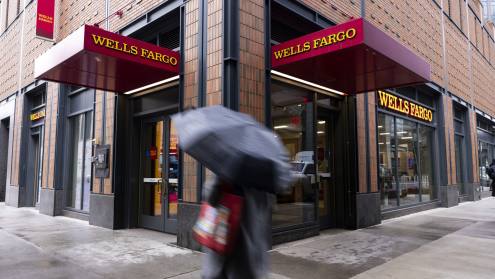On December 3, the European Central Bank (ECB) ventured further into negative interest rate territory by reducing its deposit rate by 0.1 percentage point to -0.3%. By charging eurozone banks for holding their deposits, the ECB hopes to spur bank lending to the economy, while increasing Europe’s global competitiveness with a weaker euro.
But uncertainties abound in the unchartered world of negative rates, not least for the banks themselves. Only Sweden, Denmark and Switzerland offer historical precedents. All three adopted negative interest rates in 2014, and Sweden’s central bank Riksbank doubled-down on the rates by cutting the repo rate below zero as well. Little more than a year on, the Swedish experience suggests eurozone lenders should expect to see their net interest incomes (NII) come under pressure. After the initial interest rate cut in July 2014, aggregate NII for Swedish banks inched up at an ever-slowing pace until the third quarter of 2015, when it declined by 1.15%, the largest drop in five years (see chart one).

According to Riksbank, the decline in NII was partially offset by a rapid rise in net fee income, as investors fled to funds in search of higher yields. Negative rates also benefitted the corporate bond market, leading to higher income from advisory services. However, this was not enough to lift falling profits, as all other income also dropped in the first half of 2015.
The onset of negative rates did not lead to a dramatic collapse in net interest income at Swedish banks, which has dropped by only 0.1 percentage points since Riksbank started the new regime (see chart two). This is due to another consequence of negative rates – a reduction in the cost of funding for banks. The trade-off is not sufficient to stop the pressure on the margins completely, but it is enough to cushion some of its effects.
Eurozone lenders could get around negative rates by passing the costs on to customers and changing them for deposits. However, the Swedish precedent suggests banks might be unwilling to do that for the fear of losing their customers to competition.
The results from the four largest Swedish banks show that all felt rate pressures. The largest year-on-year NII drop, 9.5%, was experienced by the more investment banking-oriented SEB. It was followed by the internationally active Nordea, where NII declined by 8.9%. The bank was hit by the decline of NII in the retail unit, but the other units held up quite well. At Handelsbanken the drop was only 2.4%, as the bank was helped by higher lending volume and exchange effects, which contributed SKr589m ($69.9m) to the group. Swedbank fared best of the four, with a minimal drop of 0.03% in NII. Even though the bank’s net interest margin declined by 0.15 percentage points to 1.01%, the lender managed to offset this by growing its loan book by 7.75%.












